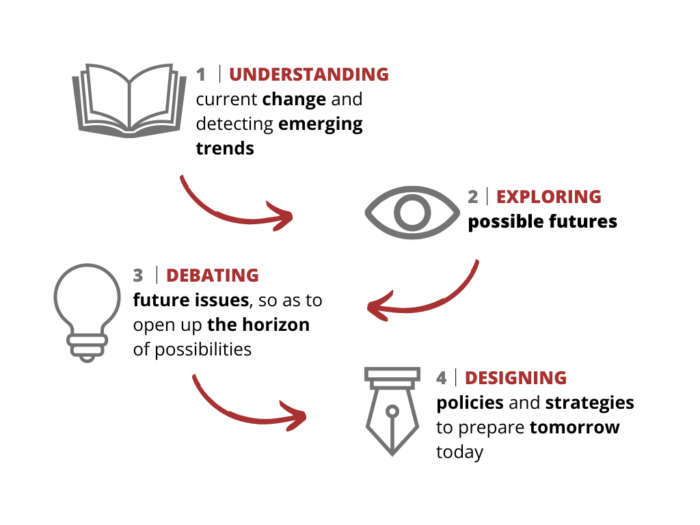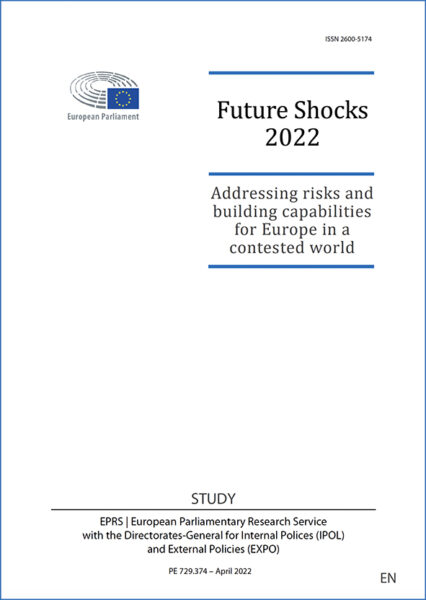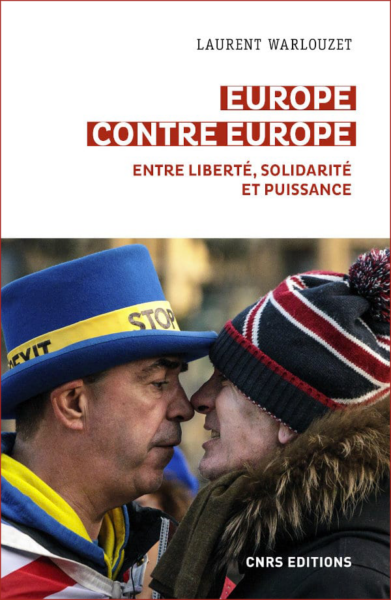There is no single European model for education, let alone a universally accepted one. Even within the European Union there is enormous diversity, which Francine Vaniscotte sets out to describe here.
Two different views coexist, she explains: the first combines primary education with the first stage of secondary education (everyone attends a single school), whereas the second considers an initial division (selection?) at the beginning of secondary schooling to be necessary.
Taking her analysis a step further, the author identifies four types of education system within the EU:
– the single school model (everyone attends the same school for the whole period of compulsory education) operating in Scandinavia;
– the all-purpose school model, offering pupils a variety of possibilities at secondary level (Great Britain);
– the streamed school model, which is structured according to options chosen early on, but with some degree of mobility between them; this is the most common arrangement in Austria, Germany, Luxemburg, Switzerland, etc.;
– the common core model (France, Greece, Italy, Portugal, Spain), which is inspired by the single school model but does not fully apply it, and is shaped by very different traditions and values.
These differences relate to religious traditions and to deep cultural disparities; they also reflect ideological differences, Francine Vaniscotte emphasizes, though she concludes by pointing out some factors bringing the models closer together.
Les systèmes éducatifs en Europe
Cet article fait partie de la revue Futuribles n° 267, sept. 2001


